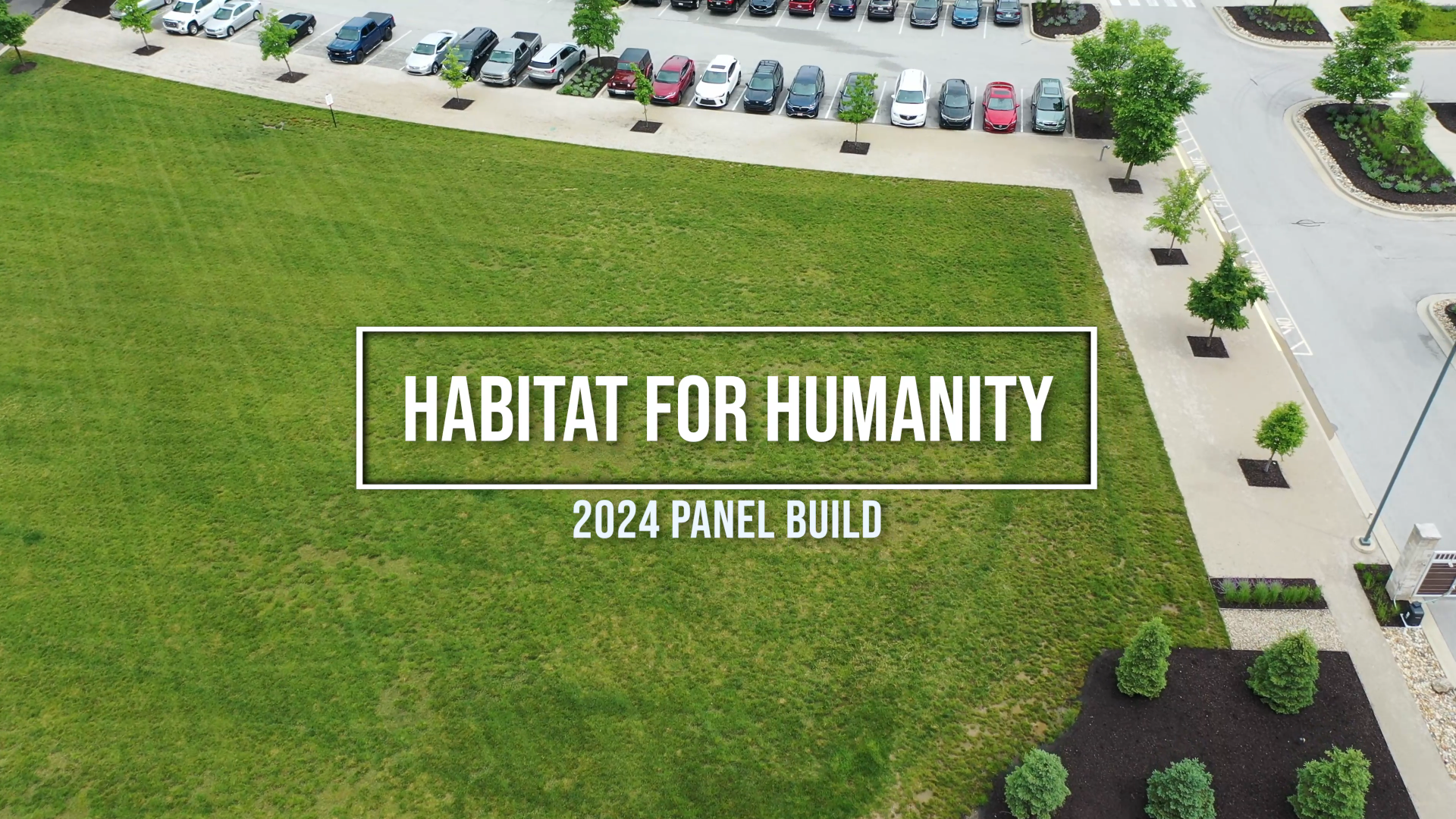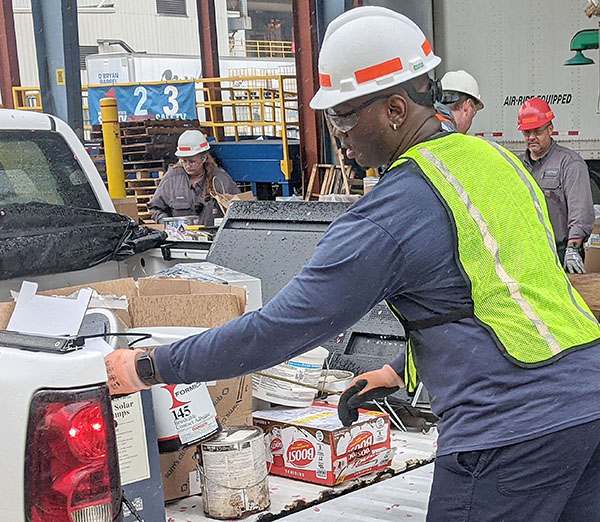In honor of our first HAZWOPER training for the year this past week, we want to take this opportunity to reshare a popular article we originally posted in January of 2016. Personal Protective Equipment (PPE) to protect the body against contact with known or anticipated chemical hazards has been divided into four levels. These levels have been established and agreed upon by the US EPA, US Coast Guard, OSHA, DOT, NIOSH, and other agencies.
Level A
Level A protection must be used when the highest level of skin, eye, and respiratory protection is required based on measured levels or potential for high concentrations of atmospheres, vapors, gases or particulates, or when a high potential for skin contact with harmful materials exists. Level A equipment includes:
- Pressure-demand (positive pressure) full-face self-contained breathing apparatus (SCBA) or airline respirator with escape SCBA;
- Totally encapsulating vapor tight chemical-protective suit;
- Hard hat;
- Gloves – outer and inner, chemical resistant;
- Boots – chemical resistant, steel toe, and shank; and
- Two-way radio (worn inside suit).
Level B
Level B protection must be used when the highest level of respiratory protection is required (as in Level A), but a lesser degree of skin protection is required. Level B equipment includes:
- Pressure-demand (positive pressure) full-face SCBA or airline respirator with escape SCBA;
- Hooded, chemical resistant clothing, such as one or two piece splash suit or disposable chemical resistant coveralls;
- Gloves – outer and inner, chemical resistant;
- Boots – chemical resistant, steel toe, and shank;
- Hard hat; and
- Two-way radio (worn inside suit).
Level C
Level C protection must be worn when airborne contaminants are known and the criteria for using air purifying respiratory is met. Level C equipment includes:
- Full-face or half-mask air purifying respirators with cartridges approved for the type of exposures likely to be encountered;
- Hooded, chemical resistant clothing, such as overalls, and long-sleeved jacket, one or two piece splash suit or disposable, chemical resistant coverage;
- Gloves – outer and inner, chemical resistant;
- Boots – chemical resistant, steel toe, and shank;
- Hard hat; and
- Two-way radio.
Level D
Level D is the basic work uniform that should be used whenever necessary. It provides only minimal protection. Level D equipment, used as appropriate, includes:
- Boots – chemical resistant, steel toe and shank;
- Gloves;
- Safety glasses; and
- Hard hat.
Additional PPE
If you work in a position that poses other or additional risks it may be beneficial to use added PPE such as a face shield (if you are working near sparking activity), noise canceling earmuffs if you are working around loud equipment, a dust mask if you will be around non-hazardous flying particulates, and a reflective safety vest to help ensure you are always seen.
Today and every day, talk about your facility safety culture and how to promote the use of PPE at all times to protect the safety and health of yourself and your co-workers.
Learn about our Hazardous Waste Services.
More News From Heritage
-
6/27/24
Heritage Environmental Services to Acquire EBV from General Dynamics
Heritage Environmental Servicess, an EQT Infrastructure portfolio company, will acquire EBV from General Dynamics
-
6/13/24
Meet The Facilities – East Liverpool
An inside look at our incineration facility located in East Liverpool, OH
-
5/24/24
Habitat for Humanity 2024
Heritage hosted our 14th annual Habitat for Humanity build this month, partnering with over 50 employees from various THG companies.
-
5/6/24
Date set for the household hazardous waste collection in East Liverpool, Ohio
-
3/12/24
Equal Pay Day – Spotlighting Our Female Drivers
-
3/8/24
International Women’s Week Spotlight – Shannon Dippel
For International Women's Week, we're spotlighting some of the incredible women in the Heritage family. Our final spotlight is Shannon Dippel.
-
3/8/24
International Women’s Week Spotlight – Susan Adams
For International Women's Week, we're spotlighting some of the incredible women in the Heritage family. Our sixth spotlight is Susan Adams.
-
3/7/24
International Women’s Week Spotlight – Lea Wilson
For International Women's Week, we're spotlighting some of the incredible women in the Heritage family. Our fifth spotlight is Lea Wilson








